The American Suppressor Association (ASA) is firing back after the Acting U.S. Attorney for the Eastern District of Louisiana claimed in a recent court filing that suppressors are not “arms” and therefore not covered by the Second Amendment.
ASA General Counsel Michael Williams responded to the government’s position in U.S. v. Peterson, a case currently before the Fifth Circuit Court of Appeals.
In a video statement (see below), Williams made it clear that the ASA vehemently disagrees with the argument that suppressors fall outside the scope of 2A protections.
“As you probably know, the acting U.S. attorney there filed a brief with the Fifth Circuit where he insists that suppressors are in fact not arms and therefore not covered by the Second Amendment. Obviously, we at ASA very much disagree with that take.”
WATCH: ASA General Counsel Michael Williams sets the record straight on why U.S. Attorney Michael Simpson’s filing in USA v. Peterson — that suppressors aren’t arms and aren’t protected by the Second Amendment — completely misses the mark. pic.twitter.com/qXGUWxnCmE
— American Suppressor (@AmSuppressor) March 18, 2025
The Government’s Argument: A Misguided Comparison
One of the most bizarre claims in the U.S. Attorney’s filing involves a comparison between suppressors and everyday household items. According to the filing:
“A pillow or a plastic soda bottle taped to the barrel of a firearm can also reduce the noise from the discharge of a bullet. Do these items too become weapons when attached to a gun and therefore gain constitutional protection?”
SEE ALSO: Kash Takes Over ATF: What It Means for Suppressors
Williams pointed out that, under current ATF interpretation, attaching any object to a firearm that reduces its report can legally be considered a suppressor—and people have already gone to jail for doing exactly that.
“The answer is yes. And we know that as suppressor owners, that ATF interprets the law—and the law is written in such a way—that it allows for an interpretation where a soda can or a soda bottle attached to a firearm with an intent to suppress it, or even without the intent, with the effect of suppressing it, that counts as a suppressor. People have gone to jail for that.”
The 2A and Suppressor Regulation
The government’s filing further questions whether suppressors should have varying degrees of legal protection based on how much noise reduction they provide. Williams called this a clear misunderstanding of how both the ATF and the courts have historically viewed suppressors.
“If a suppressor is protected by the Second Amendment because it is a useful attachment, how much noise does it need to reduce before it becomes useful enough? Well, again, suppressor owners, we know that the answer to that is any amount. And that’s been ATF’s long-standing interpretation of the Gun Control Act and the NFA. So it’s a pretty easy bar—any amount.”
Perhaps the most concerning part of the government’s argument, Williams noted, is its attempt to justify restrictions based on congressional intent rather than historical precedent. The Supreme Court’s Bruen decision established that modern firearm laws must be rooted in the history and tradition of firearm regulation.
“Again, there he gives away the game when he says he’s wondering about Congress’s reasons for imposing regulation. While what Congress thinks matters obviously in the judicial context, and specifically in the Second Amendment context, it’s irrelevant. The court has laid out a pretty specific test there in Bruen.”
ASA Hopes for DOJ Reconsideration
Williams concluded by expressing hope that the Department of Justice will step in and correct what he sees as a misguided legal position.
“We are hopeful that main Justice and Attorney General Bondi will take a serious look at this and reconsider,” he said.
For now, the U.S. v. Peterson case remains a key Second Amendment battle with potential major implications for suppressor regulation.
Stay updated on this case and other suppressor-related legal developments by following the American Suppressor Association.
*** Buy and Sell on GunsAmerica! ***

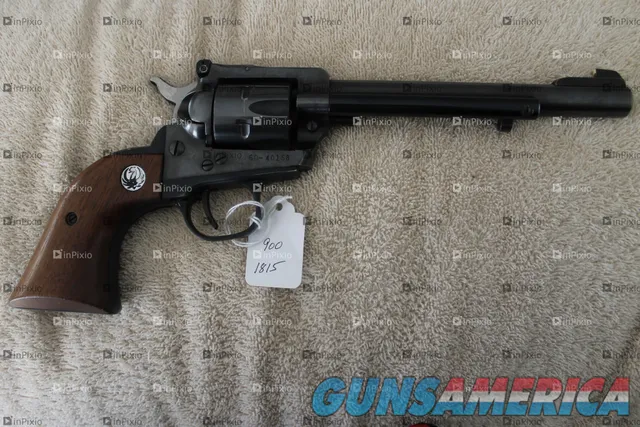
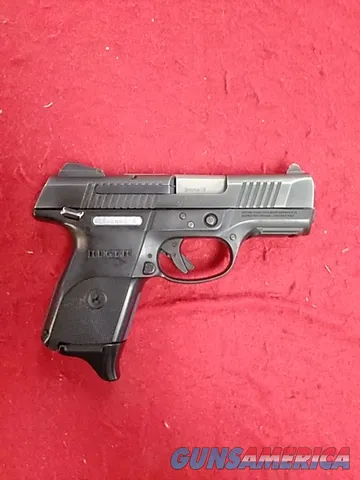
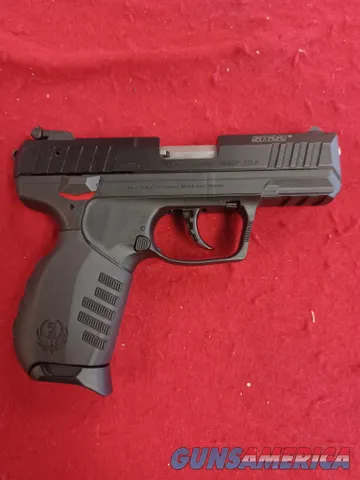
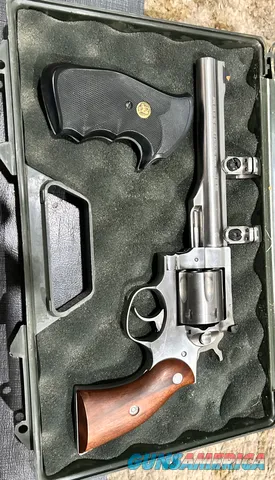
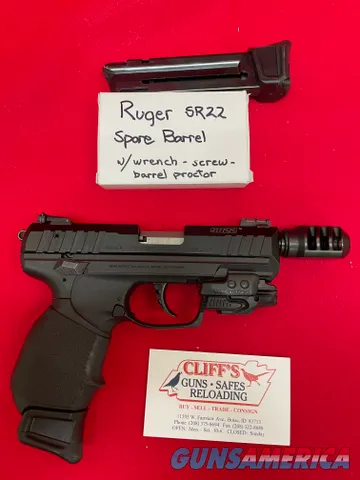

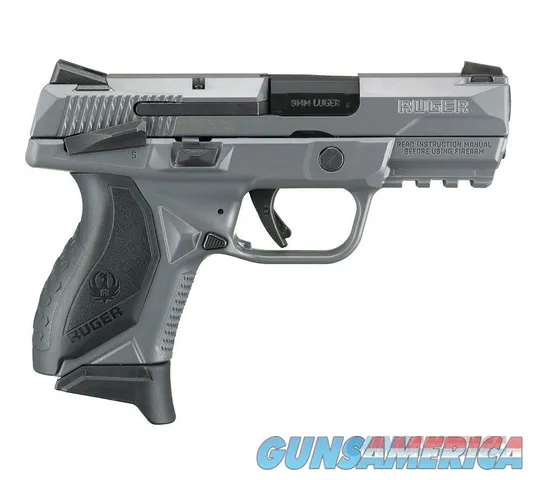
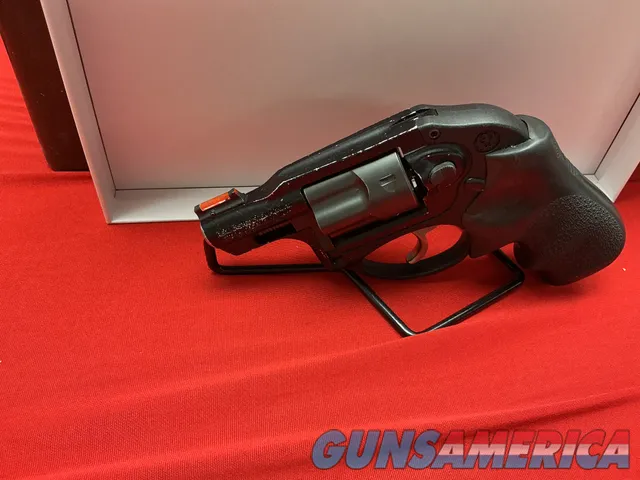
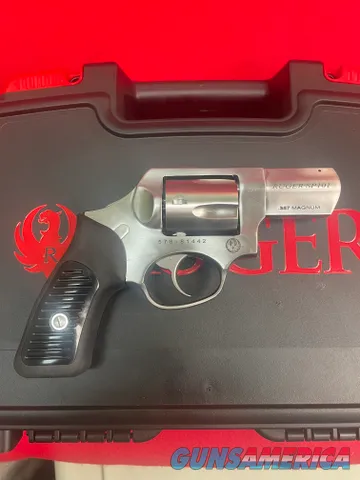
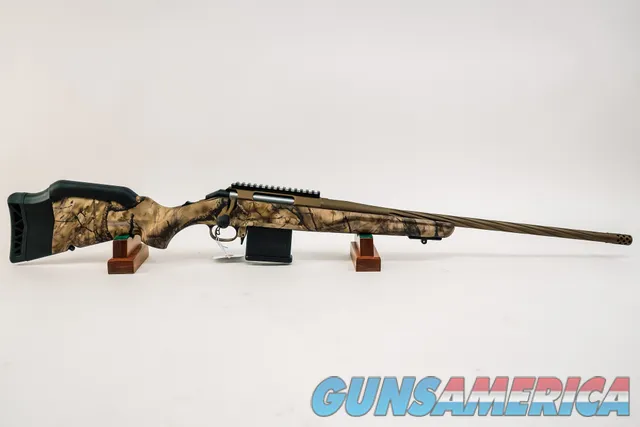

The expressed and mistaken judicial opinion that states that suppressors / silencers are not “firearms” and therefore not protected under the Second Amendment is counter to the Federal Government’s own definition as approved by Congress in 1934 and should be overturned by a court that is willing to look at the law passed by Congress.
NATIONAL FIREARMS ACT OF 1934 – 48 STAT. 1236 defines what a legal firearm addressed in the NFA of 1934 is in the United States, “section ( a ) “The term ” firearm ” means a shotgun or rifle having a barrel of less than eighteen inches in length, or any other weapon, except a pistol or revolver, from which a shot is discharged by an explosive if such weapon is capable of being concealed on the person, or a machine gun, and includes a muffler or silencer for any firearm whether or not such firearm is included within the foregoing definition.”
That seems pretty clear, a suppressor is a firearm or arm, so far as the legal definition is concerned, and therefore clearly protected under the Second Amendment “Right to Keep and Bear Arms, shall not be infringed”
I’d also like to add that the Federal Transportation Security Administration repeats this in their rules for flying with firearms – “A NOTE FROM TSA Thank you for contacting the Transportation Security Administration (TSA) Contact Center.
Under Federal law, “firearm” is defined as: any weapon (including a starter gun) that will, is designed to, or may readily be converted to expel a projectile by the action of an explosive; the frame or receiver of any such weapon; any firearm muffler or firearm silencer; and any destructive device. Any item under these definitions must be declared and transported in accordance with TSA regulations.
This means that firearms, including frames, receivers, mufflers, and silencers, must be packaged in a hard-sided, locked case and declared to your airline.”
We don’t have to reinvent the wheel, the Federal Government has already answered this question for us and has been using this definition of a silencer / suppressor falling within the legal definition of a firearm since at least 1934.
Mufflers on cars aren’t covered, either, and they are perfectly legal.
“A pillow or a plastic soda bottle taped to the barrel of a firearm can also reduce the noise from the discharge of a bullet. Do these items too become weapons when attached to a gun and therefore gain constitutional protection?” And with that statement, suppressors shouldn’t be regulated by congress nor the ATF. They are no more dangerous than a “pillow or plastic bottle” .
What else can future DOJ and BATF regulations ban if a firearm accessory isn’t explicitly spelled out under 2nd amendment protections? Why are suppressors even regulated under NFA rules? I can understand requiring purchases to be made through an FFL under the same rules for gun sells, but ever serializing them seems excessive.
If they are not “arms” then why are they regulated at all? Why not treat them like any other accessory like a sight or muzzle break?
Exactly